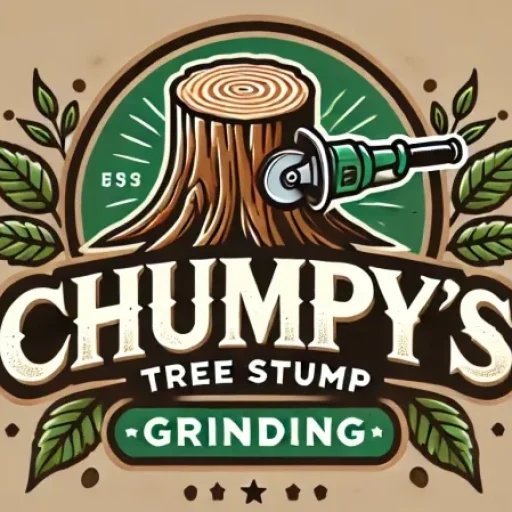Stump grinding solves the immediate problem — but what happens next? Whether you plan to plant, level, or landscape, knowing what to expect after stump removal helps protect your yard and avoid costly mistakes. Choosing the best stump grinding company will help you get answers to all of these questions.
What does stump grinding leave behind?
After grinding, the tree stump becomes a mix of:
- Wood chips
- Pulverized roots
- Loose soil
- A shallow to deep hole (6–10 inches typical)
This leftover material is called grindings. It may be left in place, hauled away, or reused depending on your service agreement.
Should you remove or reuse the wood grindings?
You can reuse stump grindings as mulch, but with limits:
- Remove grindings if you want to plant grass or a new tree. Decomposing wood robs nitrogen from soil.
- Keep grindings if you’re mulching beds, creating compost, or filling low-traffic areas.
- Blend with topsoil if you’re filling a hole and not planting immediately.
In Austin’s heat, grindings can break down fast — but they can also attract insects or fungi if left in wet spots.
How do you fill the hole left by stump grinding?
Follow these steps to safely fill and level your yard:
- Remove excess grindings if replanting.
- Add clean topsoil to mix with leftover wood matter.
- Water and compact lightly to reduce future settling.
- Top off again after a few weeks as material settles.
- Add grass seed or sod once the soil is stable and firm.
Pro tip: Use a soil mix with compost if planting immediately to offset nitrogen loss from decomposing roots.
Can you plant a new tree in the same spot?
It’s not ideal to replant a tree in the exact same spot due to:
- Old roots still decomposing underground
- Potential disease carryover
- Soil nutrient imbalance
Best practice: Move 3–5 feet from the original location. If space is tight, wait at least 12 months and add new soil amendments first.
How long does the ground settle after stump removal?
Expect 2–6 weeks of settling depending on:
- Stump size
- Depth of grinding
- Soil moisture
- How much fill was added
Larger stumps or high-clay areas in Austin may settle for months. Check the area after heavy rain and top off low spots as needed.
When can you plant grass after stump grinding?
You can plant grass seed or sod once the area is:
- Cleared of wood chips
- Filled and leveled with topsoil
- Lightly compacted and watered
For best results in Austin’s climate:
- Plant in early spring or fall
- Use a sun-tolerant blend like Bermuda or Zoysia
- Keep the area moist until grass takes root
What if you notice mushrooms or insects afterward?
Decomposing grindings may cause:
- Mushrooms (common, not harmful)
- Carpenter ants or termites (rare, but possible if wood stays wet)
To prevent issues:
- Remove grindings if you see excess fungal growth
- Don’t leave piles of grindings against your home or fence
- Rake and dry the area during humid weather
Can stump grindings be used as mulch?
Yes — but use them selectively:
- Ideal for flower beds or around trees (2–3 inch layer)
- Avoid using them in vegetable gardens
- Let grindings dry out before spreading
Austin’s heat helps grindings dry quickly, making them more usable than in wetter climates.
Do you need to fertilize after stump grinding?
If you’re replanting grass or flowers:
- Add nitrogen-rich fertilizer to offset wood decomposition
- Mix in compost or peat to boost soil structure
- Test soil pH if replanting shrubs or trees
Most yards don’t need chemical fertilizer unless you removed a large tree with deep roots.
Final tip: Plan ahead for your landscaping goals
Before stump grinding, think about what you’ll do with the space:
- Want to plant grass? Ask your grinder to haul away grindings.
- Want to add mulch? Save some grindings for reuse.
- Planning a new tree? Mark a new location 3–5 feet away.
Planning ahead before removing the stump simplifies and lowers the cost of stump grinding aftercare.

